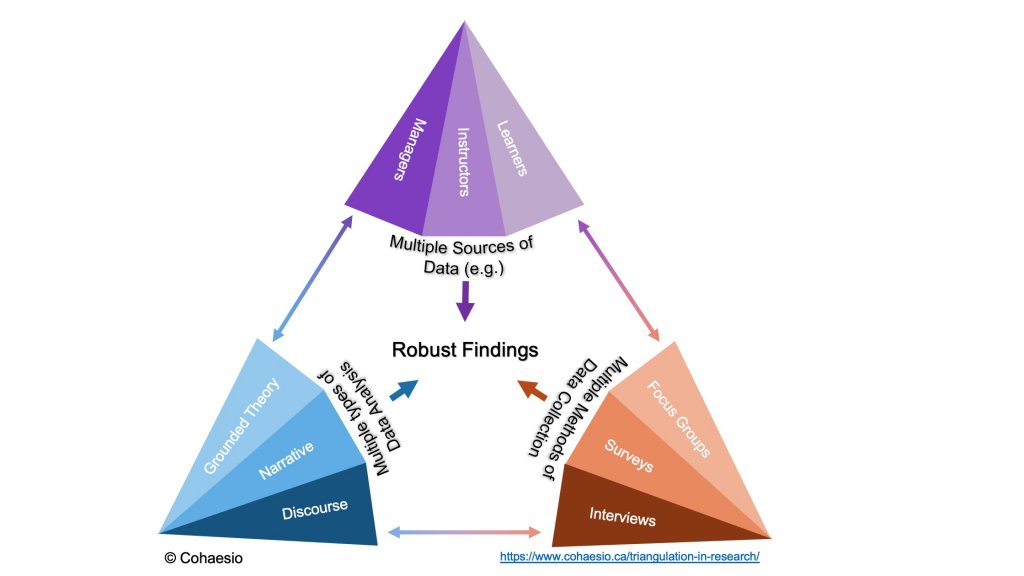Eyewear Market Size & CAGR
The global eyewear market was valued at USD 123.5 billion in 2023, with a Compound Annual Growth Rate (CAGR) of 5.7% from 2023 to 2030. The forecast growth rate for the eyewear market from 2023 to 2030 is expected to be around 6.2% annually.
COVID-19 Impact on the Eyewear Market
The COVID-19 pandemic had a significant impact on the eyewear market, causing disruptions in manufacturing, supply chains, and retail operations. The closure of stores and restrictions on movement led to a decline in physical sales of eyewear products. However, the shift towards online retail and the increasing awareness of eye health have created opportunities for growth in the online eyewear segment.
Eyewear Market Dynamics
The eyewear market is driven by factors such as increasing prevalence of vision disorders, growing fashion consciousness among consumers, and technological advancements in lens materials and designs. However, the market faces challenges related to counterfeit products, price competition, and changing consumer preferences.
Segments and Related Analysis of the Eyewear Market
The eyewear market can be segmented into various categories such as prescription glasses, sunglasses, contact lenses, and protective eyewear. Each segment caters to different customer needs and preferences, with a focus on style, functionality, and eye health.
Eyewear Market Analysis Report by Region
Asia Pacific Eyewear Market Report
The Asia Pacific region is a key market for eyewear, driven by factors such as a large population, increasing disposable income, and changing fashion trends. Countries like China, India, and Japan are major contributors to the growth of the eyewear market in the region.
South America Eyewear Market Report
South America has a growing demand for eyewear products, with a focus on trendy designs and UV protection in sunglasses. Brazil and Argentina are among the leading markets for eyewear in the region.
North America Eyewear Market Report
North America is a mature market for eyewear, with a high adoption rate of prescription glasses and increasing sales of designer sunglasses. The United States and Canada account for a significant share of the eyewear market in North America.
Europe Eyewear Market Report
Europe is known for its fashion-forward approach to eyewear, with a focus on luxury brands and eco-friendly materials. Countries like Italy, France, and the UK are key players in the European eyewear market.
Middle East and Africa Eyewear Market Report
The Middle East and Africa region have a growing demand for eyewear products due to increasing awareness of eye health and changing lifestyle trends. Countries like the UAE, Saudi Arabia, and South Africa are key markets for eyewear in the region.
Eyewear Market Analysis Report by Technology
Technological advancements in eyewear products have led to the development of smart glasses, augmented reality (AR) glasses, and 3D-printed frames. These technologies enhance user experience, improve vision correction, and offer innovative features for consumers.
Eyewear Market Analysis Report by Product
The eyewear market includes products such as prescription glasses, sunglasses, contact lenses, and protective eyewear. Each product category caters to different customer needs and preferences, with a focus on style, functionality, and eye health.
Eyewear Market Analysis Report by Application
Eyewear products are used for applications such as vision correction, sun protection, fashion accessories, sports performance, and occupational safety. Each application area requires specific features and designs to meet the needs of consumers.
Eyewear Market Analysis Report by End-User
The end-users of eyewear products include individuals, retail stores, optometry clinics, online retailers, and corporate customers. Each end-user segment has unique requirements and preferences when it comes to selecting eyewear products.
Key Growth Drivers and Key Market Players of Eyewear Market
Key growth drivers of the eyewear market include increasing prevalence of vision disorders, rising awareness of eye health, growing fashion consciousness among consumers, and technological advancements in lens materials and designs. Key market players in the eyewear industry include:
- EssilorLuxottica
- Safilo Group
- Johnson & Johnson Vision Care
- Carl Zeiss AG
- CooperVision
Eyewear Market Trends and Future Forecast
Recent trends in the eyewear market include the rise of sustainable eyewear materials, customization of frames and lenses, online virtual try-on tools, and smart eyewear technology. The future forecast for the eyewear market predicts continued growth driven by innovation, eco-friendly practices, and changing consumer preferences.
Recent Happenings in the Eyewear Market
Recent developments in the eyewear market include the launch of smart glasses with built-in health monitoring features, collaborations between eyewear brands and fashion designers, and the introduction of online prescription renewal services. These innovations reflect the evolving landscape of the eyewear industry and the integration of technology into traditional eyewear products.



